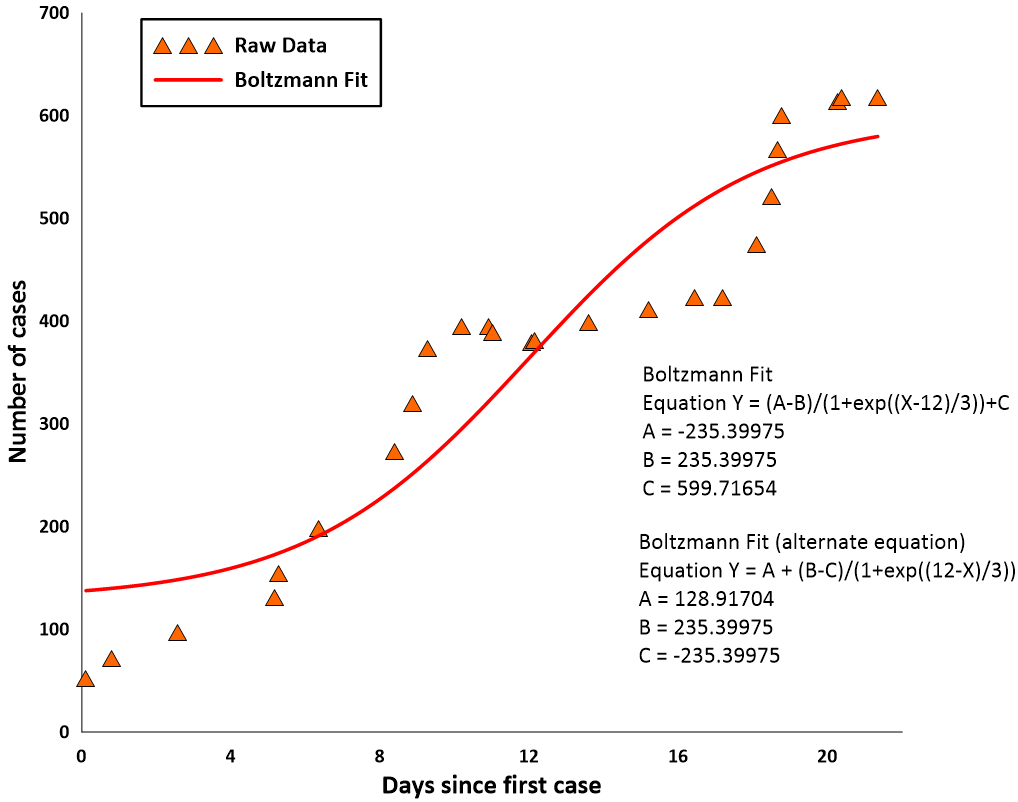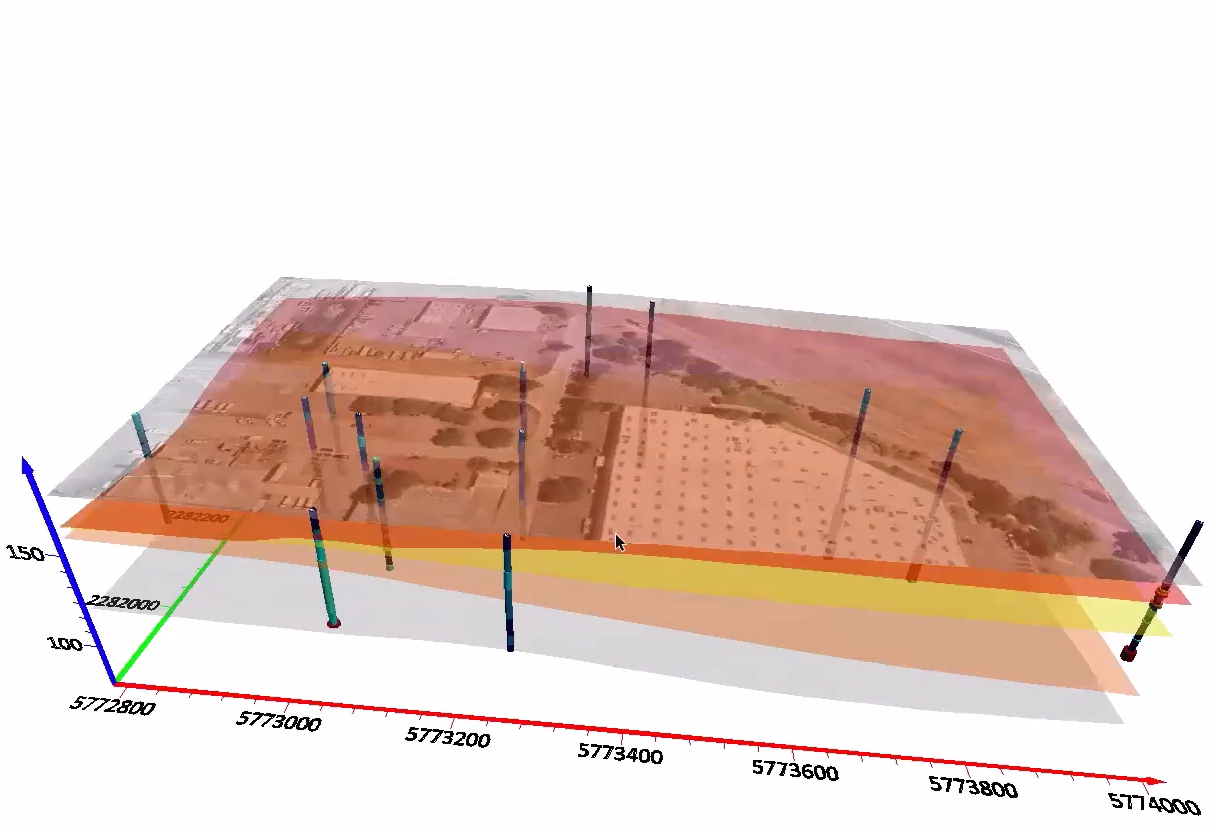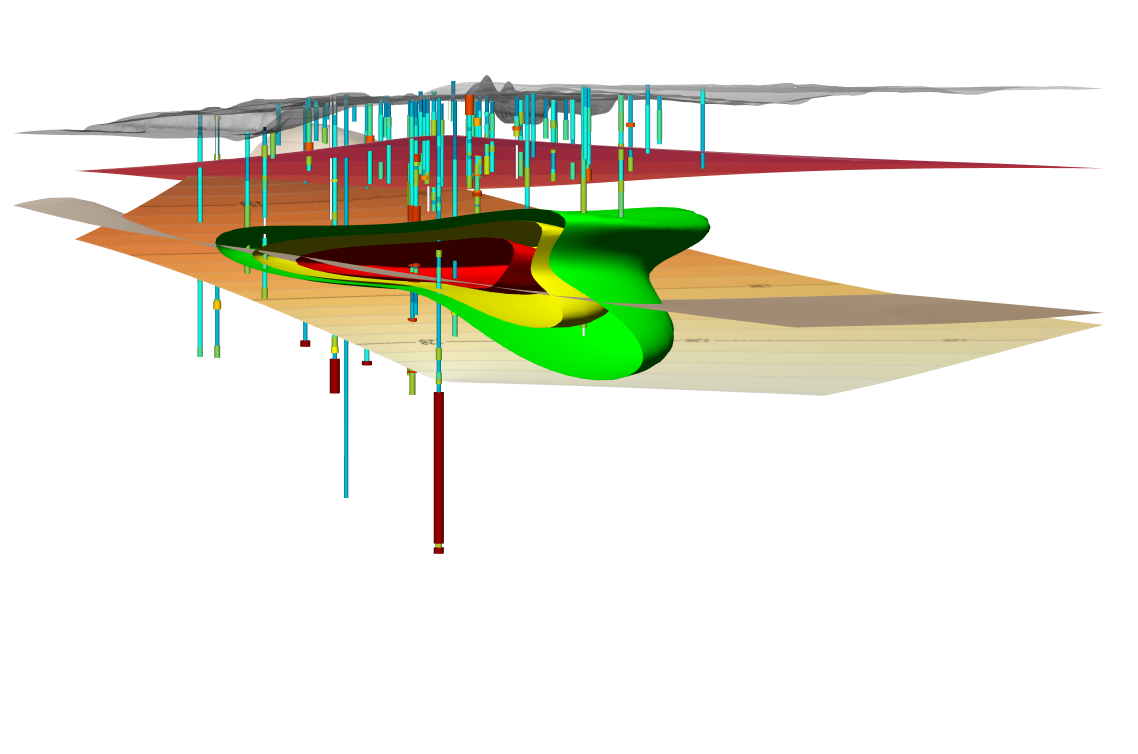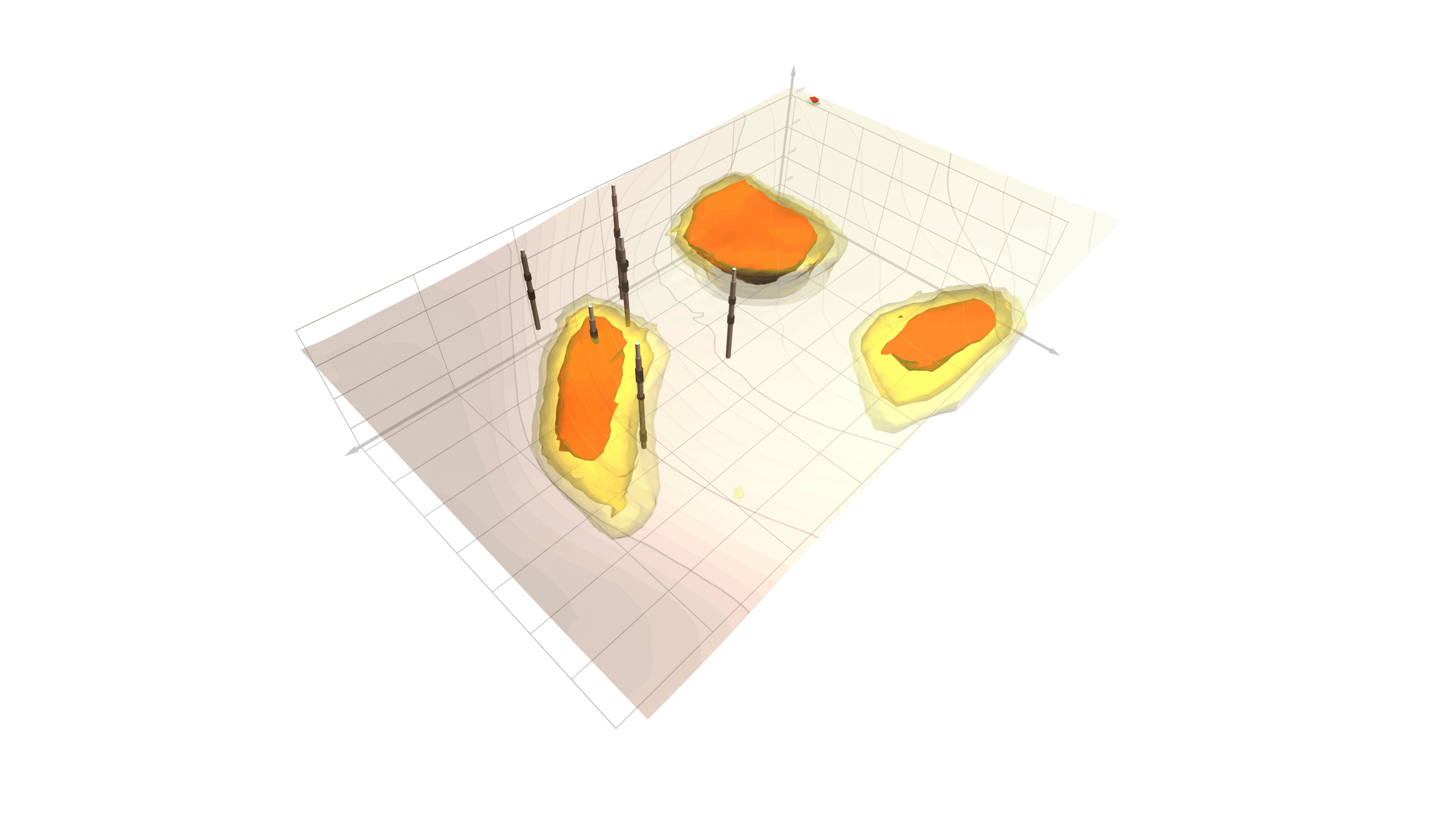Enhancing Efficiency & Visual Quality at the Same Time: Here’s the Latest Version of Grapher
Enhancing Efficiency & Visual Quality at the Same Time: Here’s the Latest Version of Grapher The latest version of Grapher is here! This release focuses on increasing efficiency without sacrificing visual quality, so you can create graphs fast but still deliver a publication-ready output that [...]









